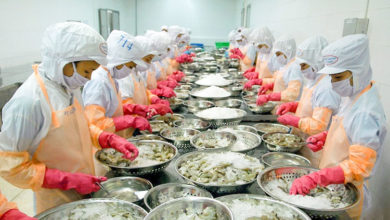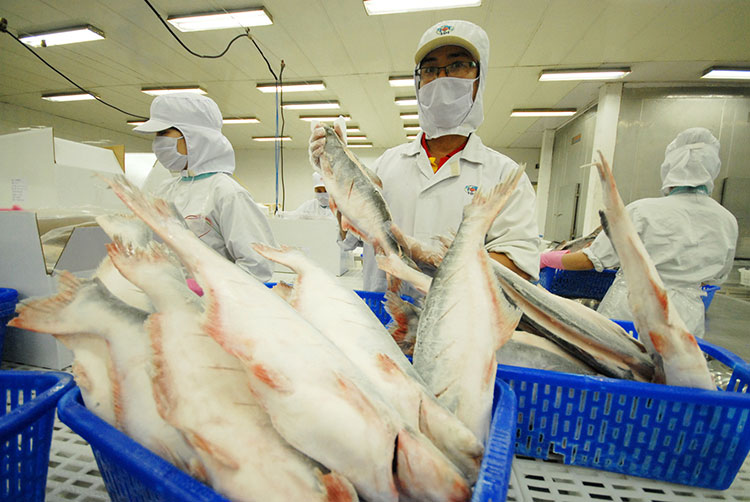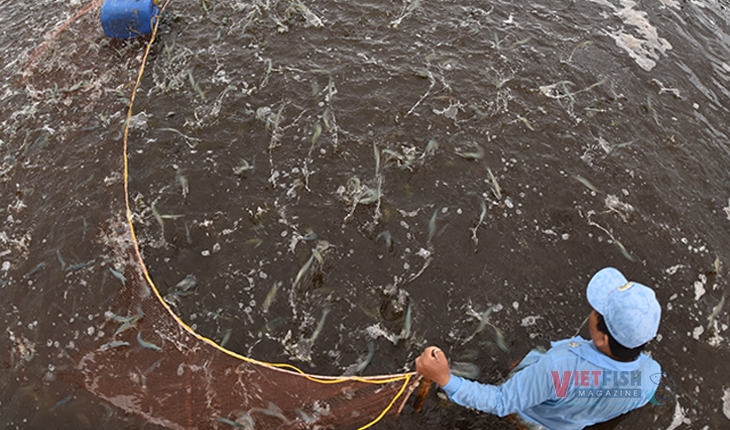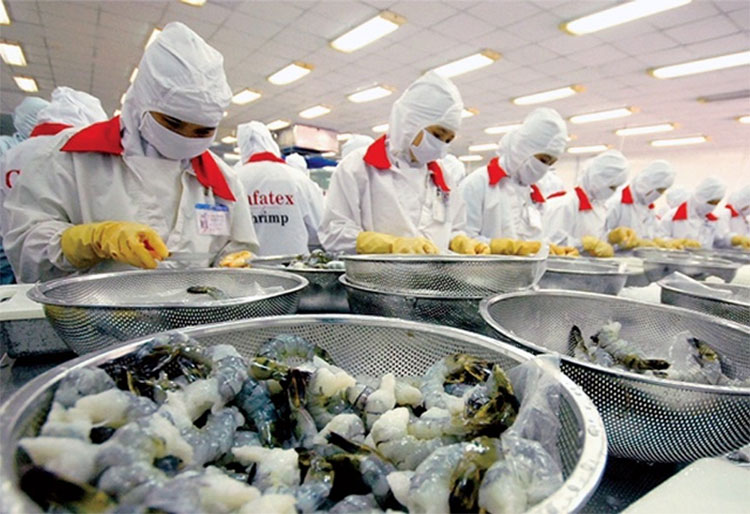A specific Vietnamese shrimp brand does not exist, but according to Đào Đức Huấn, the director of the Agricultural Development Center, it is not too late to create one.
In 2016, Vietnam earned $3.1 billion from shrimp exports, overtaking Thailand as the world’s largest shrimp exporter. Major shrimp export markets included the US, the EU and Japan.
“Exported shrimp products do have some brand value, but it is limited to importers and distributors, not customers,” Huấn said. “Brand is more than a popularity marker, it denotes customers’ confidence in the brand name, hence its products. It is a word or words that not only identify a product, but also its manufacturer. It displays the origin and quality of products in the market.”
Huấn said that a brand for Vietnamese shrimp will only be meaningful when our products go to consumers with clear identification and quality assurance, our supply is stable and we have won customers’ confidence and the most difficult part of building a brand would be to “build an image for product of Vietnam and setting a standard for the brand”.
“This is the biggest challenge, as with other agricultural products, because major export markets like the EU, US and Japan have different processing methods, tastes and controls. Our general standards for Vietnamese shrimp should meet demands in all export markets,” he said.
VFM






